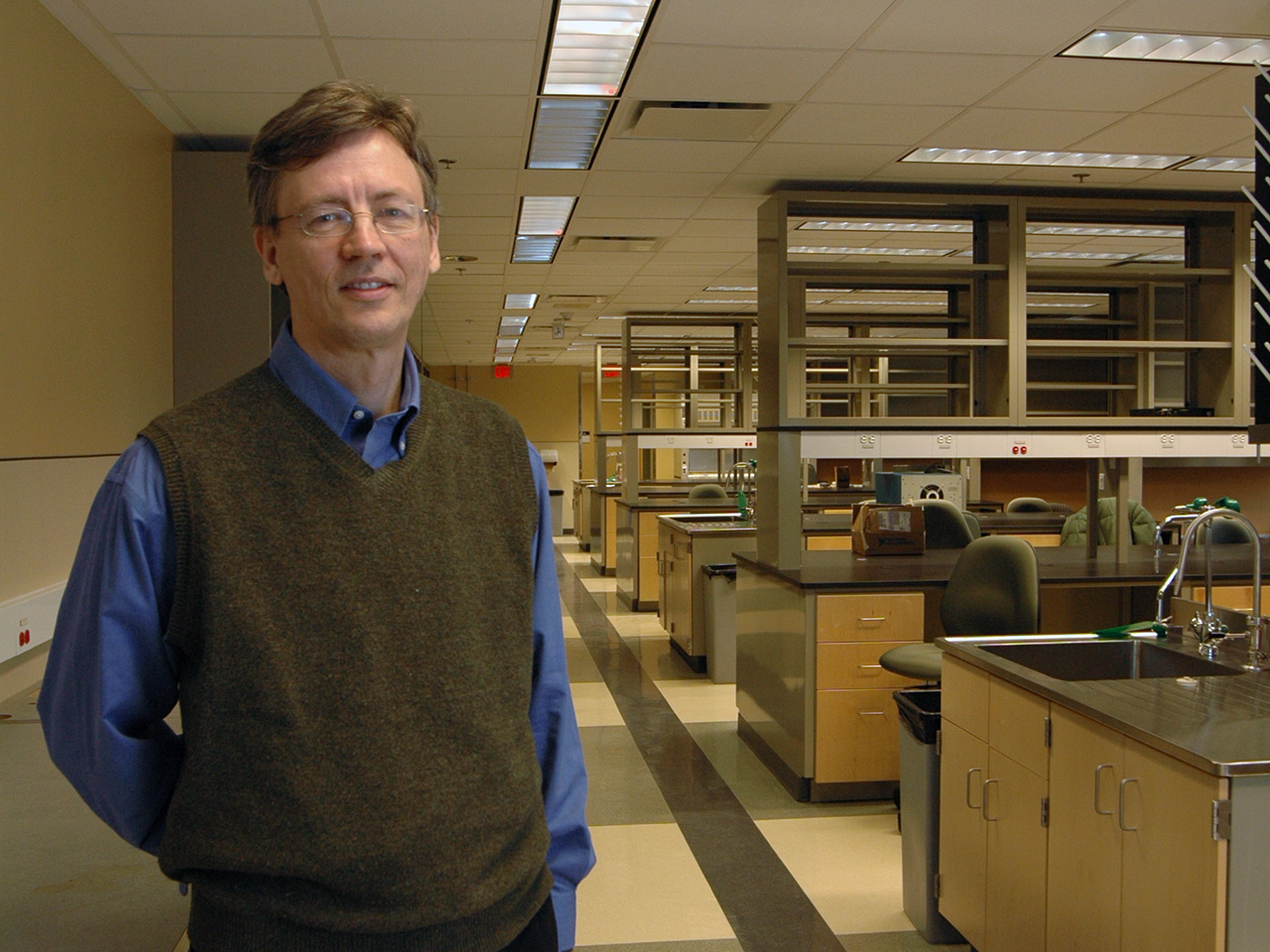Sunnybrook lures distinguished Harvard physicist
By Jim Oldfield
Sunnybrook Health Sciences Centre has lured distinguished physicist Kullervo Hynynen from Harvard Medical School to the role of director, imaging research, Sunnybrook Research Institute (SRI). At Harvard, Hynynen pioneered the novel use of ultrasound as a non-invasive surgical and therapeutic tool. He brings to SRI a striking talent for translating basic science discoveries from the lab to the clinic.
"Kullervo Hynynen is absolutely a world-class researcher and a leader in the area of focused ultrasound as a vehicle for multiple therapeutics. We are thrilled to welcome him to SRI," says Michael Julius, vice-president of research at Sunnybrook.
SRI's imaging researchers have established reputation
Hynynen joins a group of imaging scientists at SRI also renowned for their success in shaping basic science into clinical therapy. Dr. Donald Plewes, senior scientist in imaging research says, "Clinical translation is really one of his hallmarks. As imaging scientists we see him as a fantastic collaborator whose research integrates very nicely with what we do here."
The use of focused ultrasound to heat-dissolve tumours and blood clots deep inside the body or skull in seconds may seem like science fantasy, but Hynynen has already applied this technique to patients with uterine fibroids. Using magnetic resonance imaging to guide ultrasound beams, Hynynen and his team at Harvard successfully zapped tumours up to ten centimetres in diameter without adverse effects, thereby avoiding the need for hysterectomy. It's now a federally approved and increasingly popular treatment in the United States.
Research targets brain cancer and blood-brain barrier
He is applying a similar technique to brain tumours, using an array of ultrasound transducers spread across the skull, intensity-adjusted for skull shape and thickness through mathematical calculation. Though not yet in the clinic, the treatment is at the translational stage and has been applied to patients with promising results. Also encouraging are Hynynen's animal model experiments using low-level ultrasound to disrupt the blood-brain barrier, making its buttress walls more permeable and allowing for targeted drug delivery to previously inaccessible parts of the brain and central nervous system.
While his therapeutic ultrasound research spans several clinical areas, Hynynen is working to improve the imaging and diagnostic capabilities of ultrasound as well. One project involves automating the diagnostic process so that simple ultrasound devices can be used in a clinical setting without a skilled radiologist, thereby speeding up the time it takes to make diagnoses and reducing operating costs.
Hynynen has been awarded a Tier 1 Canada Research Chair in Imaging Systems and Image-Guided Therapy, part of the federal government's $300 million annual fund designed to attract and retain accomplished and promising research innovators. He has been appointed to the University of Toronto's Department of Medical Biophysics as a professor and will conduct his research in a new, state-of-the-art ultrasound lab at Sunnybrook.
Despite these attractions, Hynynen is clear about what drew him here: "The people. I'm really looking forward to collaborating with the imaging scientists there," he says. "I think we can do some very nice work."
The Canada Research Chairs Program and the Canada Foundation for Innovation funded Hynynen's Canada Research Chair in Imaging Systems and Image-Guided Therapy, and associated infrastructure.
PDF / View full media release »





